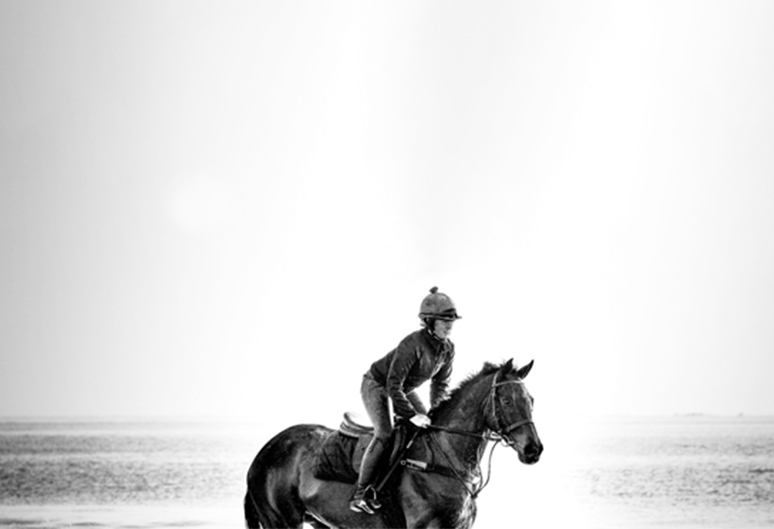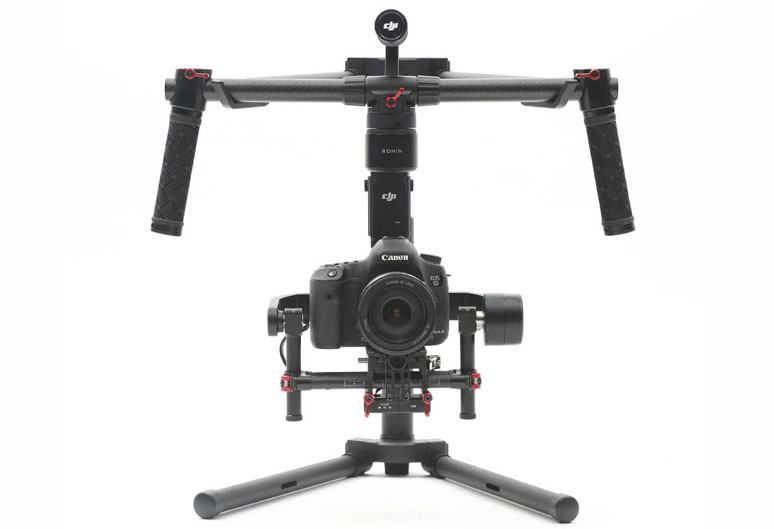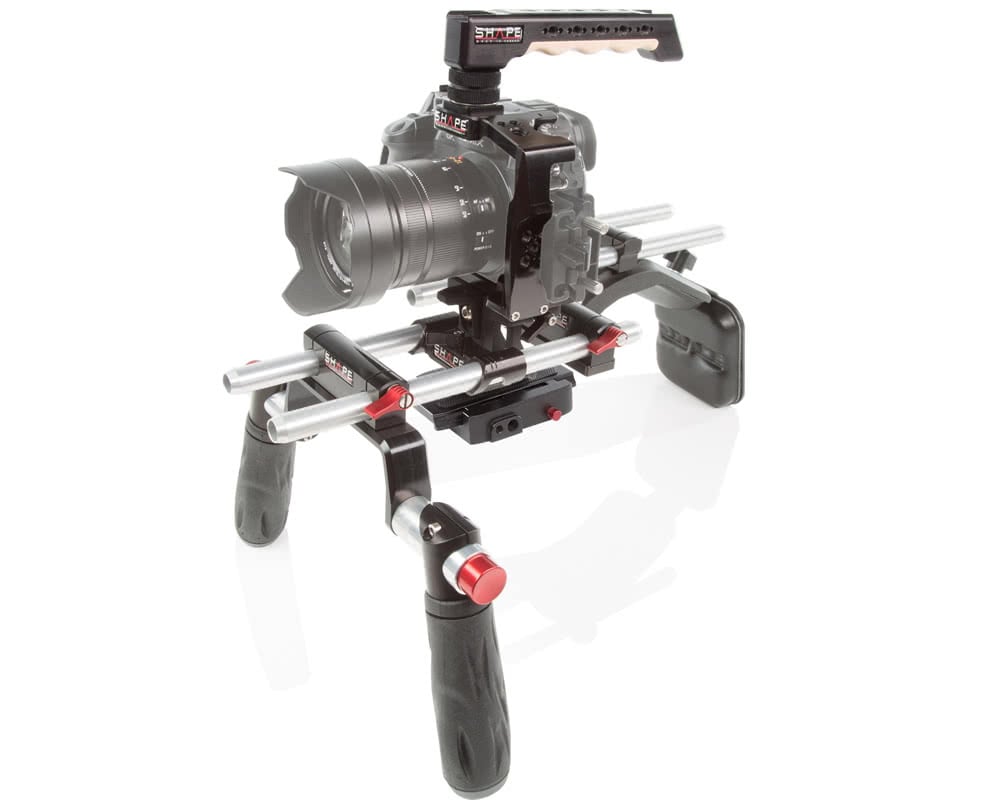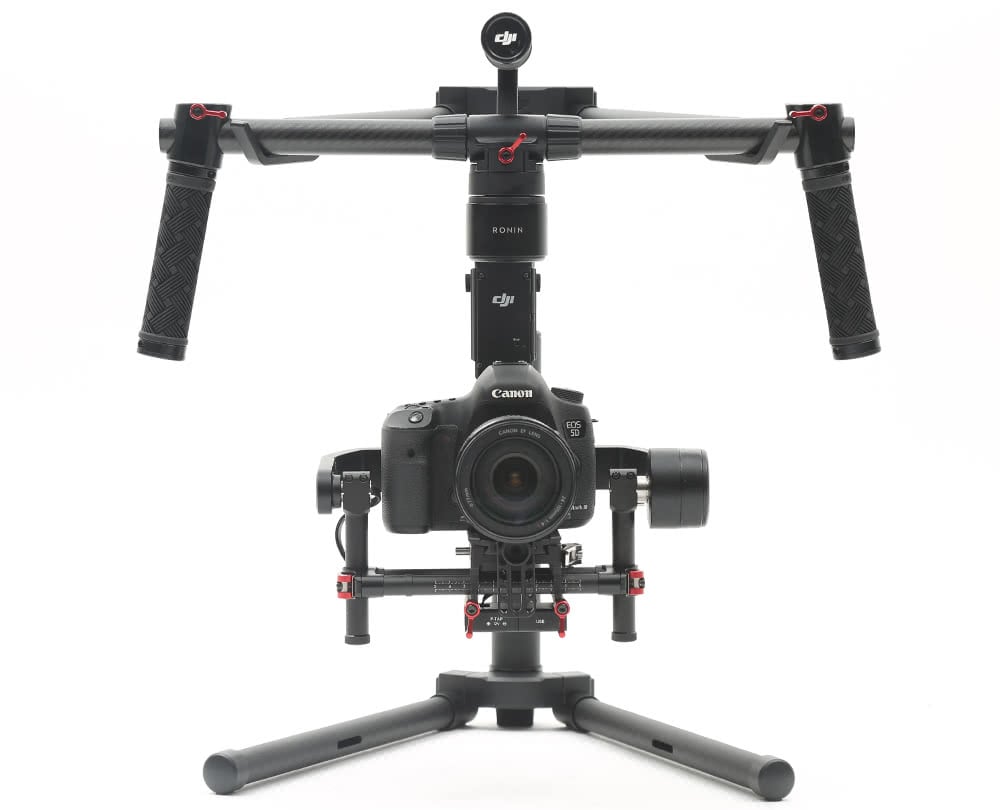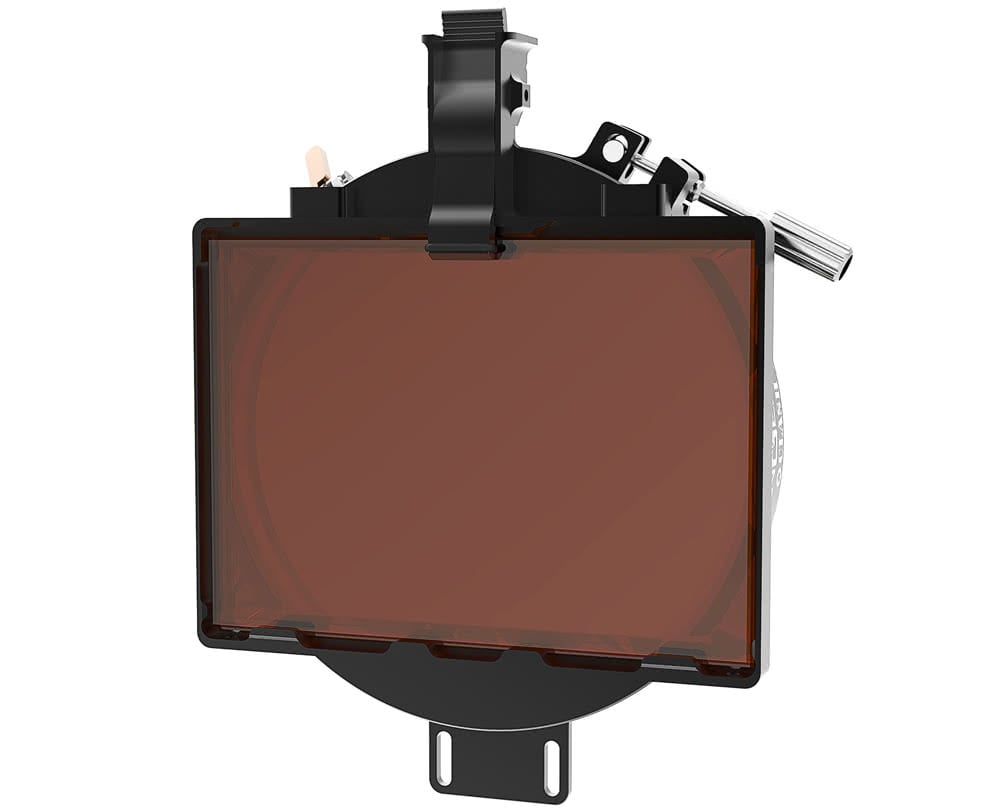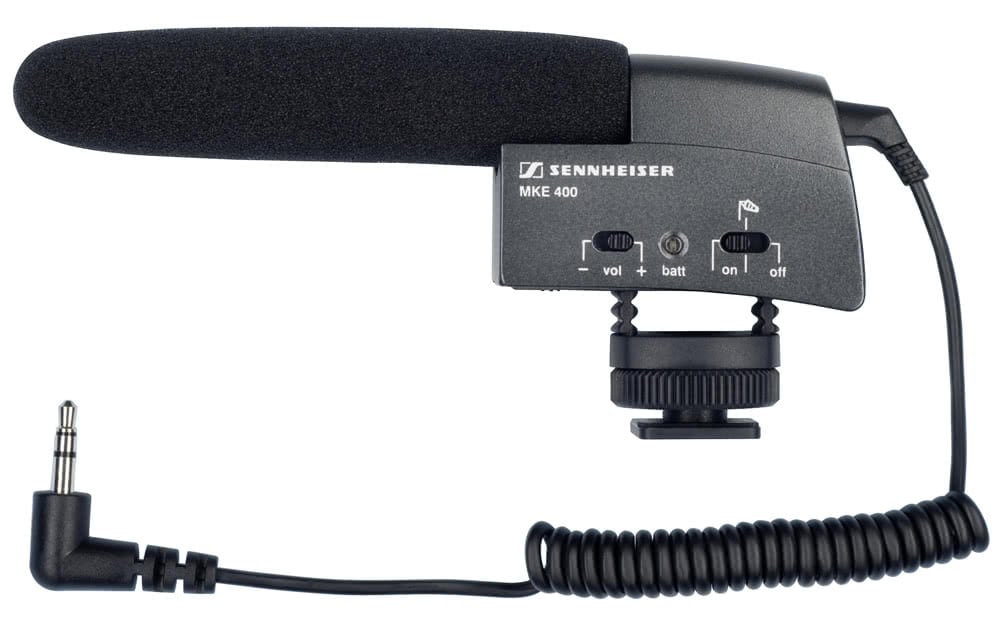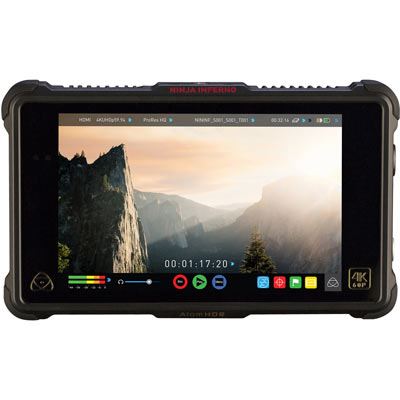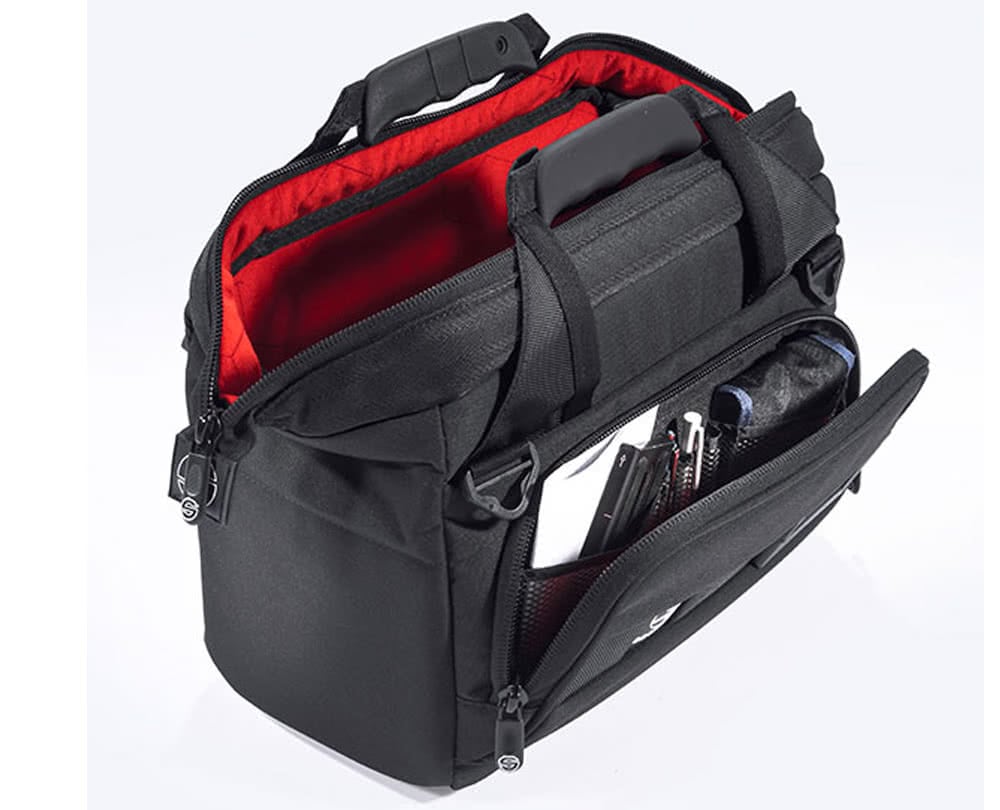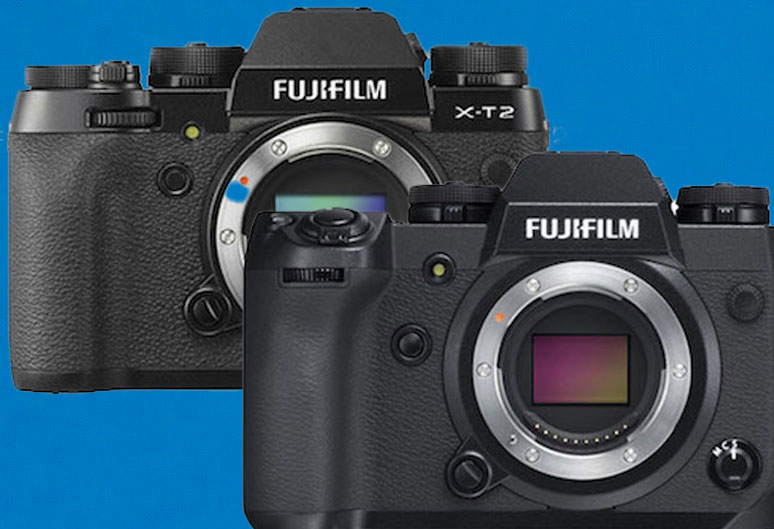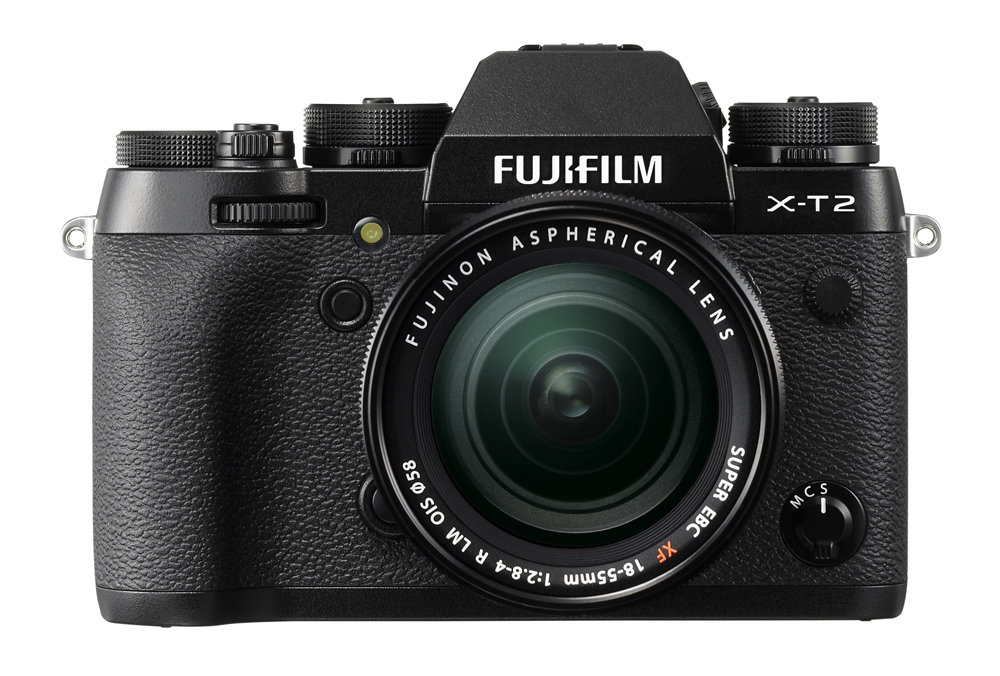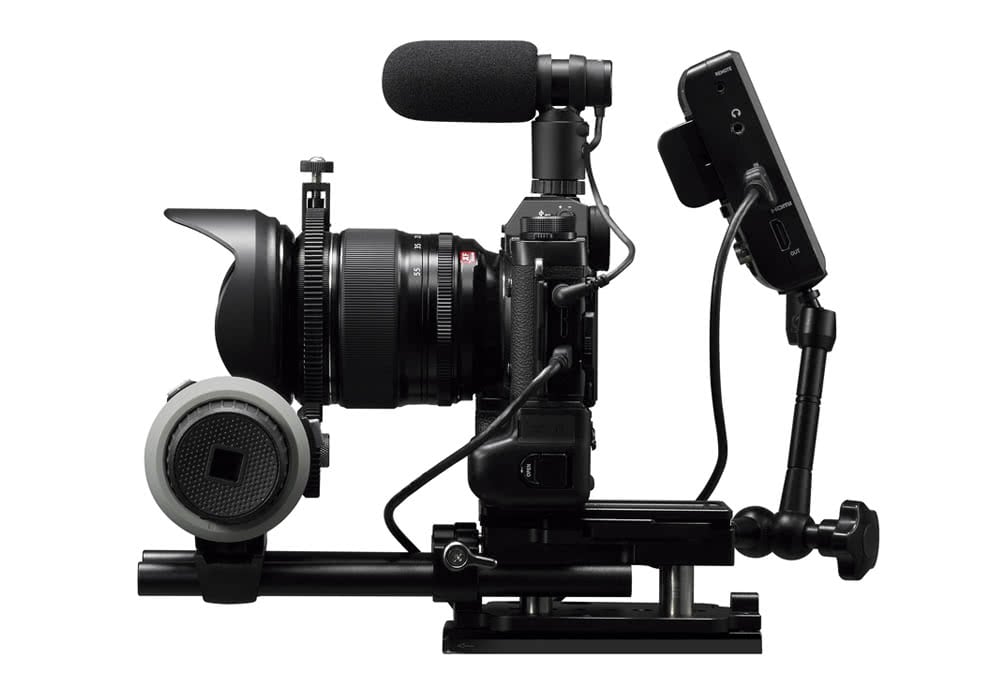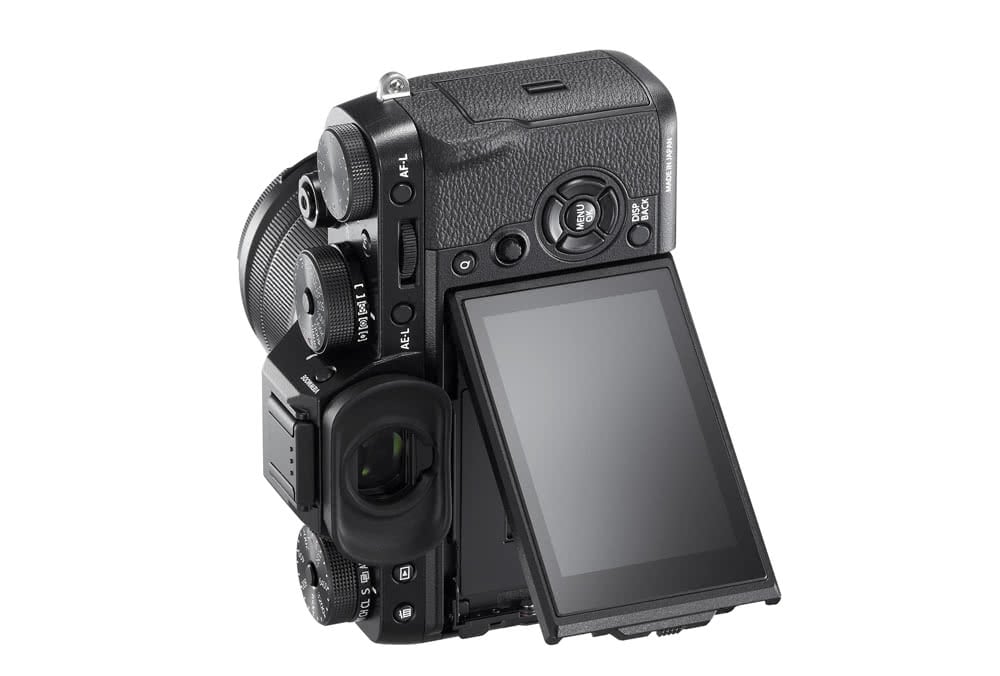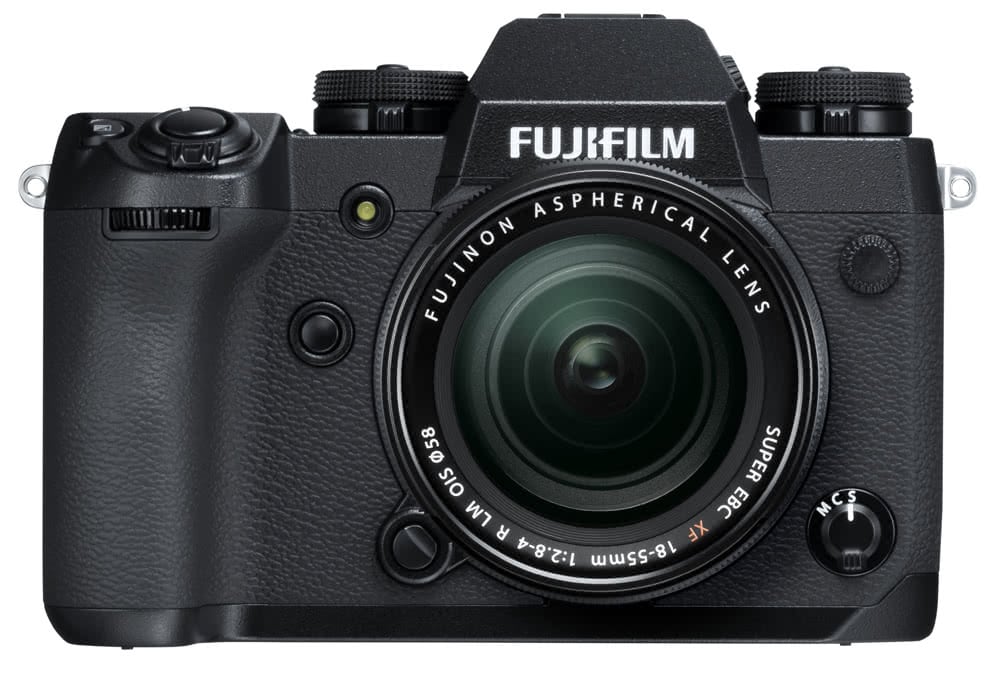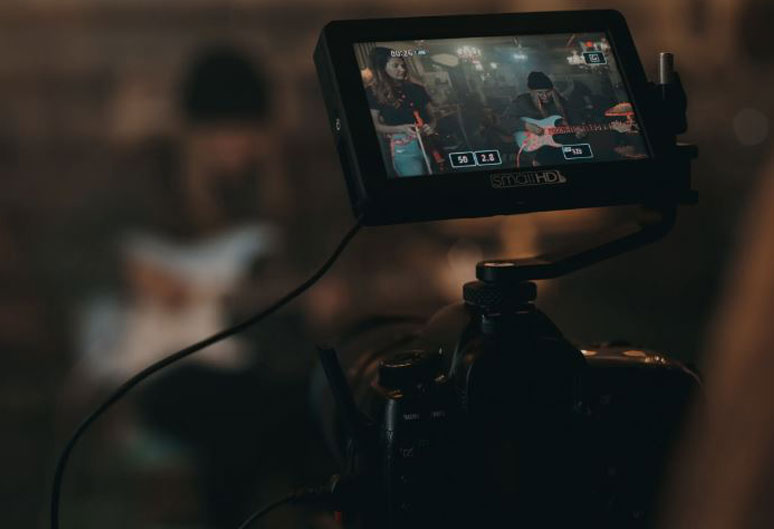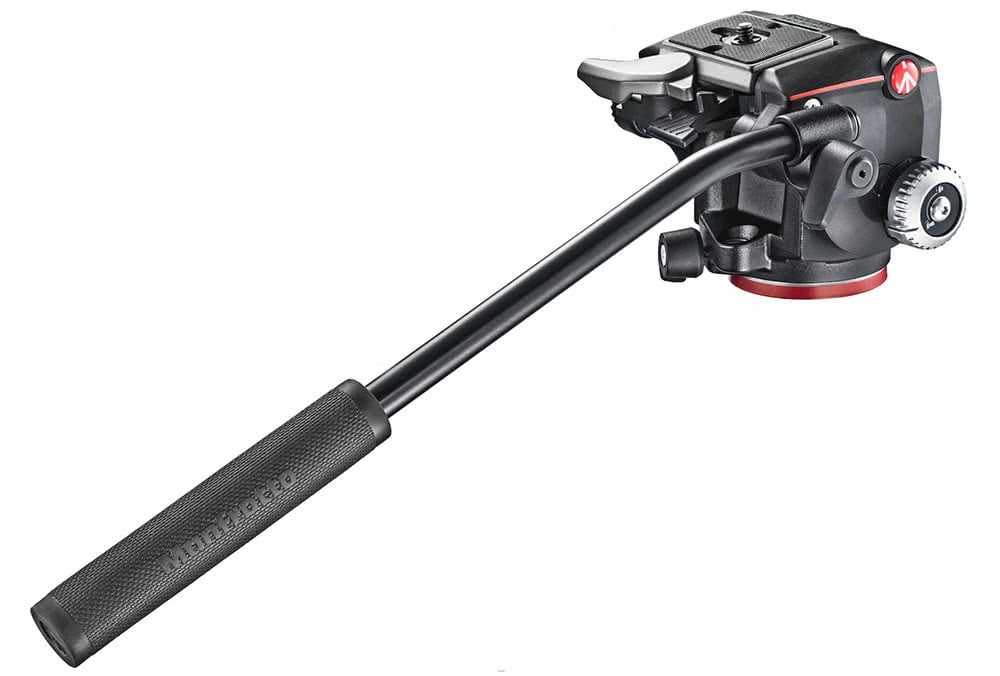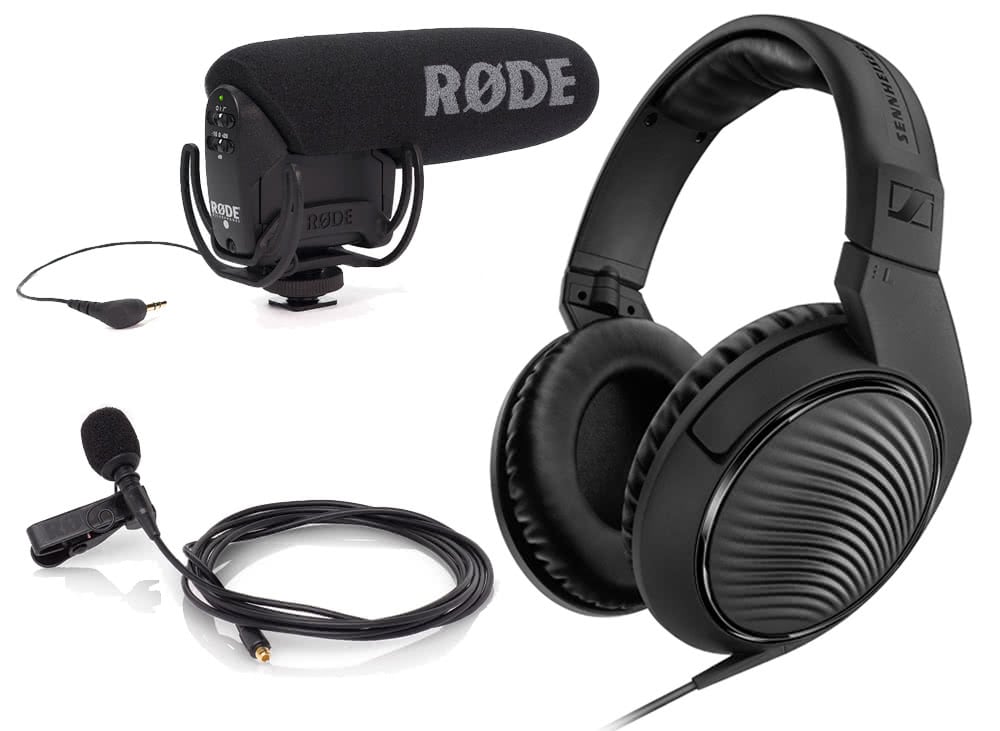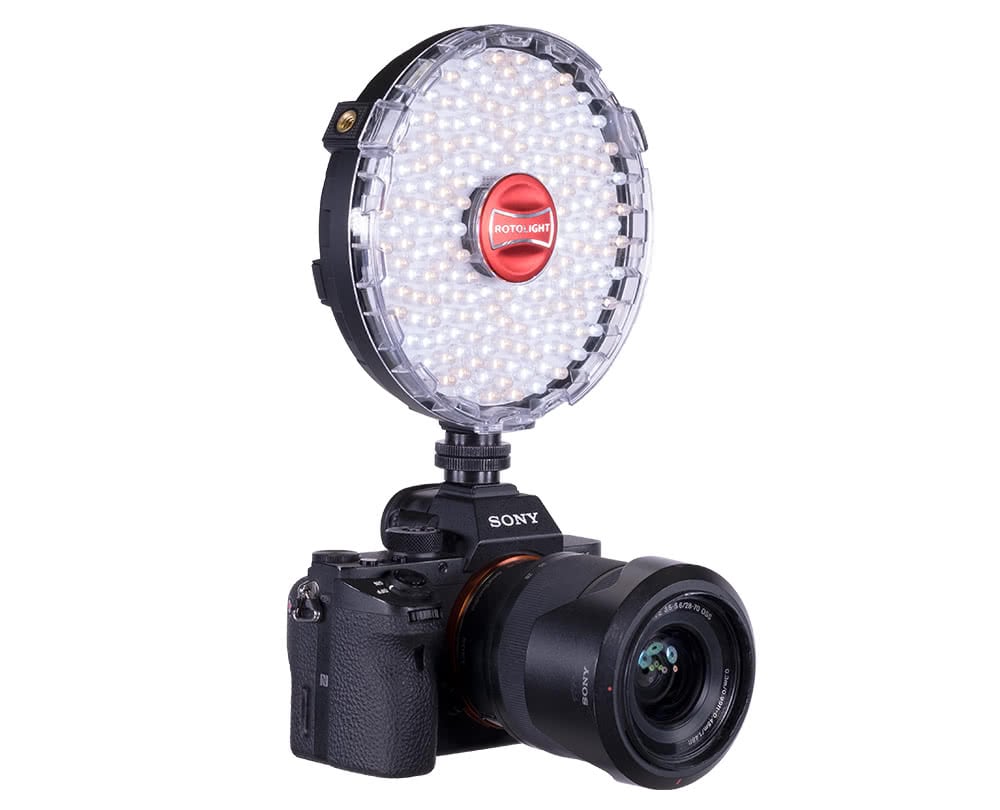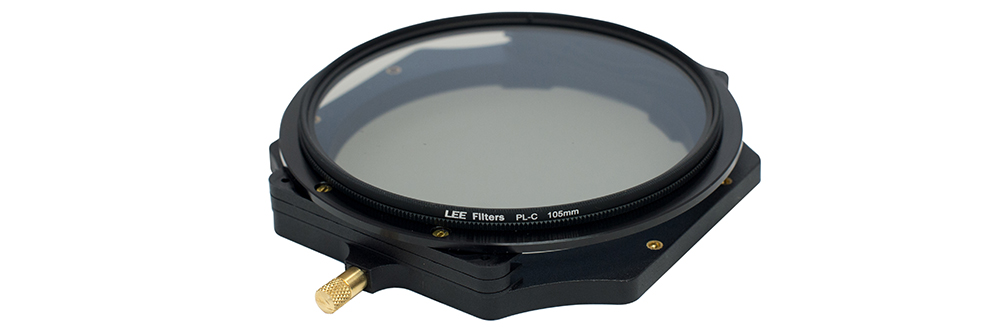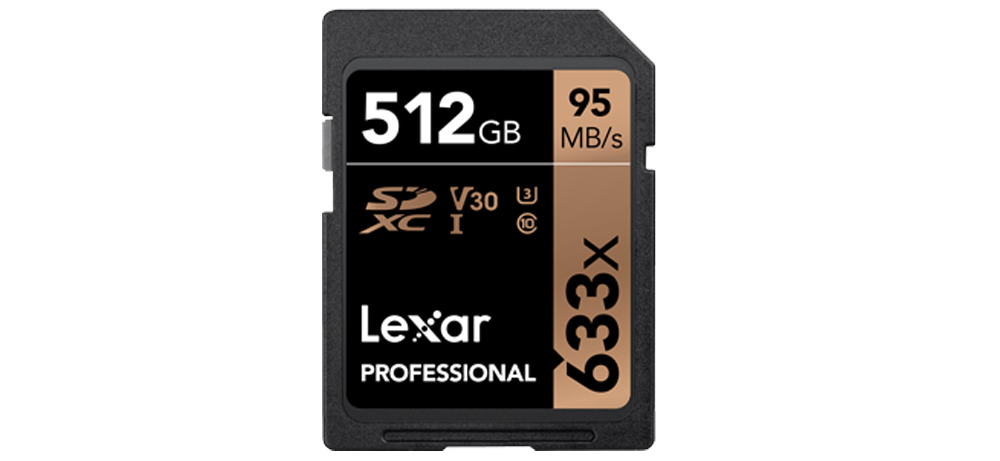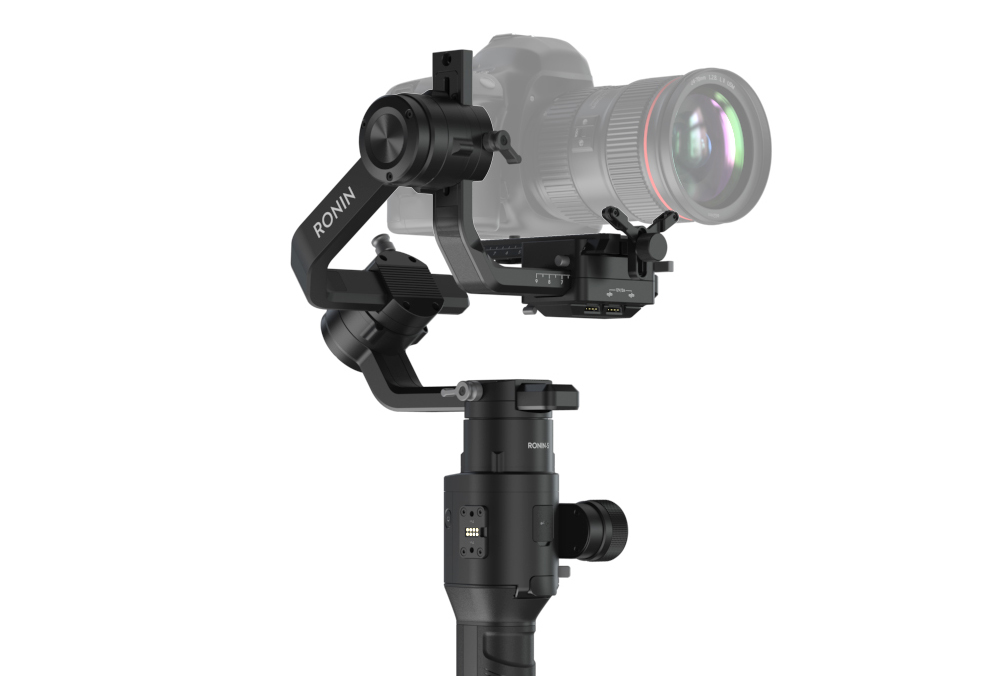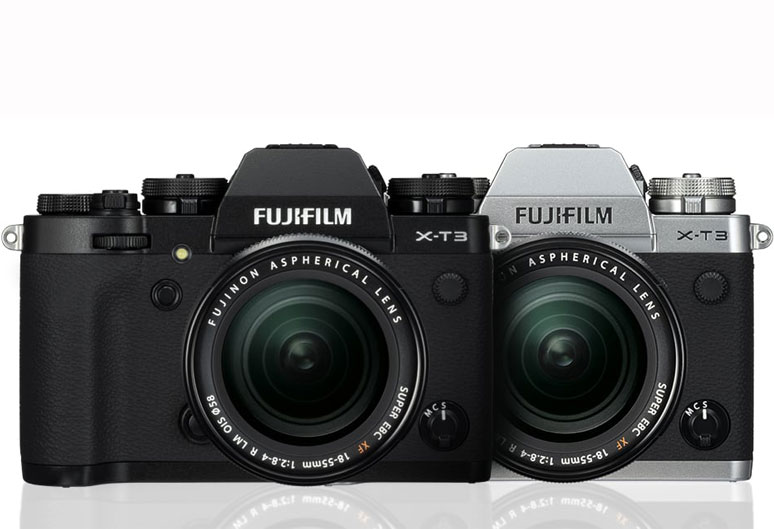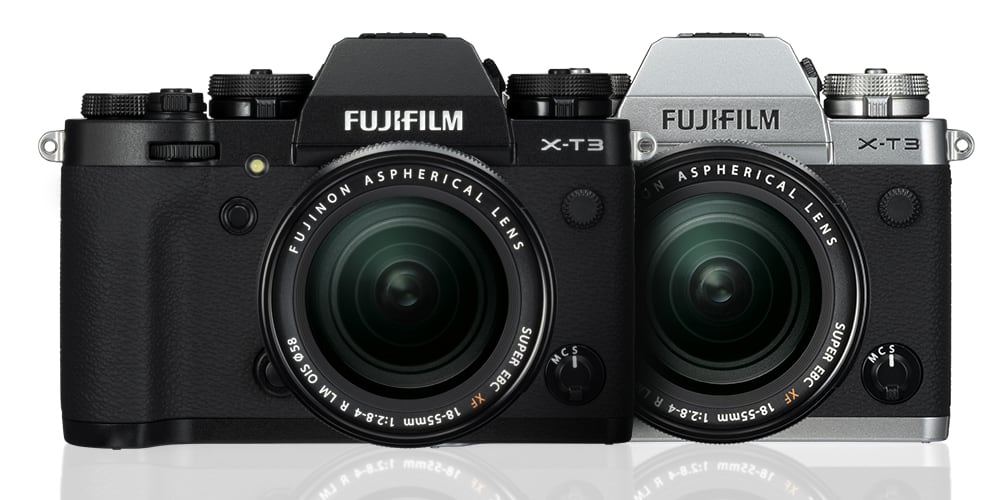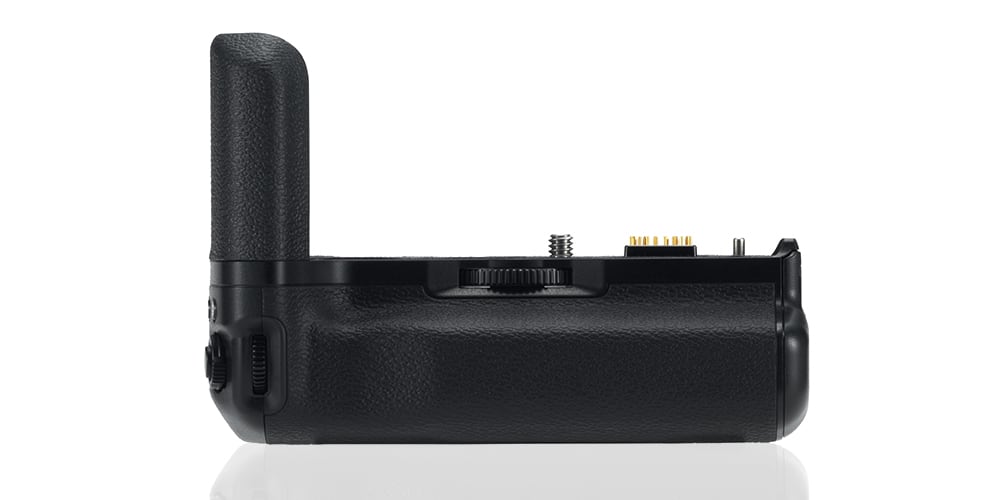It’s been a truth universally acknowledged for quite some time now that if you buy a Panasonic Lumix camera, you get the capacity to shoot 4K video — all the firm’s latest models come sporting this functionality. Which is all to the good, but is worth your attention even if you have no desire to produce video content, thanks to something called 4K Photo mode (and, more recently, 6K Photo mode, which we’ll get to).
What is 4K Photo mode? It’s something that allows you to ensure you never miss even the most fleeting of moments, using the camera’s video-shooting capabilities to capture split-second stills. How does it work? Read on as we explain…

What is 4K Photo mode?
Put simply, 4K Photo mode allows for the extraction of 8.3MP stills from 4K footage shot on Panasonic Lumix cameras. Though this is significantly lower resolution than the camera will produce in normal shooting modes, it is perfectly adequate for many purposes and will result in perfectly good prints of a reasonable size.
It basically uses the video mode as a form of burst shooting, and this means that the camera is effectively capturing action at 30fps, which is significantly faster than most stills cameras’ burst modes. Point your camera at the action, and it’ll fire and fire and fire, and at the end you’ll be left with a selection of stills at the 4K resolution of 3840 x 2160 pixels. You can also choose your still’s aspect ratio if you so desire — choose from 16:9, 4:3, 3:2 and 1:1
It gets better too — there are plenty of different mode options for customising how you want 4K Photo to work. Which modes are available will depend on which exact camera model you have, so always double check, but here are the options available across the range:
4K Burst:
This is the straightforward mode — hold down the shutter button, and the camera burst shoots 4K images at 30fps. Lovely!
4K Pre-Burst:
This is a useful mode if you are in a situation where the action is unpredictable. When 4K Pre-Burst is active, the camera will continually record 4K footage, and when you press the shutter button it will allow you to select from the thirty frames recorded both before and after you pressed the shutter button (a second either side). Miss the moment by an inch? This mode means it isn’t a problem.
4K Burst Start/Stop (S/S):
This mode allows you trigger the 30fps burst shooting to start with one press of the shutter button, then stop it with another. Useful if you need to move away from your camera while it’s recording.
Post Focus:
This is something you’ll only find on newer Panasonic Lumix models such as the Lumix G80. It uses 4K shooting in conjunction with Panasonic’s Depth from Defocus technology to allow the user to pick the focus point in an image after they’ve shot it. You can completely alter the perspective in your images to focus on a different subject, as well as zoom right in up to 5x on a shot and make use of focus peaking in order to determine exactly where you want the focus to sit. It’s undeniably impressive technology, and makes capturing those key moments all the more easy.
The Lumix GH5 and 6K Photo
Users of the new Panasonic Lumix GH5, the firm’s flagship, also have even more to play with in the form of 6K Photo Modes. These are, in essence, exactly what they sound like — using 6K video technology to allow the user to extract 18MP stills, rather than 8. Good news is too that 6K Photo users also get access to all of the same modes as 4K Photo, with 6K Burst, 6K Burst S/S and 6K Pre-Burst all present and correct.
We hope this has given you a more thorough understanding of how 4K and 6K Photo modes can be useful in your own work. If you have any more questions, drop us a line and we’ll be happy to help.

